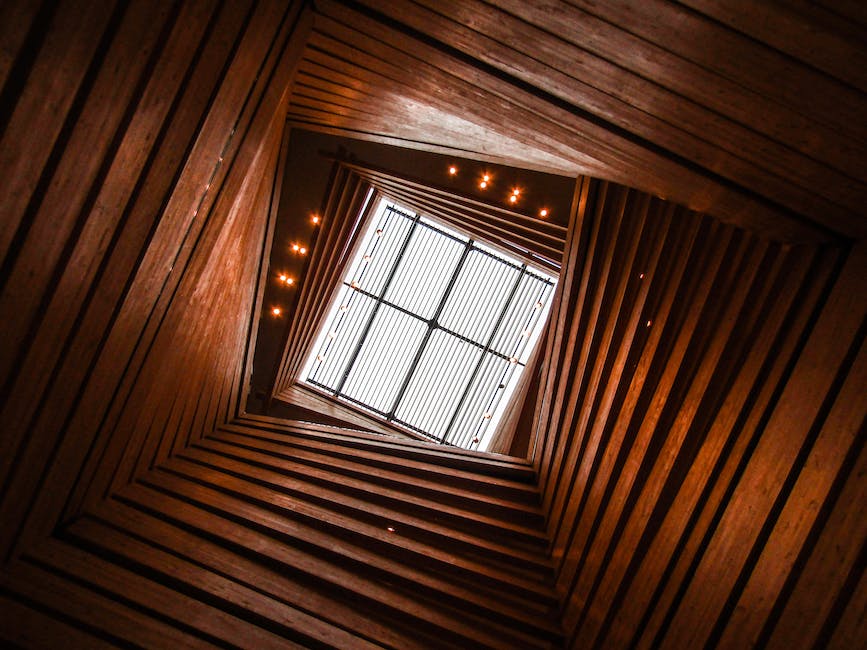The Art of Compositing – Creating Stunning Visuals is a specialized field in the realm of digital art and design that involves the combination of multiple images or visual elements to create a single, cohesive image. This technique is widely used in various industries such as film, television, animation, and photography to create visually stunning and often surreal imagery. It requires a deep understanding of light, shadow, color, and composition, as well as proficiency in digital editing tools. The art of compositing not only enhances the visual appeal but also aids in storytelling by creating scenes and effects that would be impossible to capture with a camera alone.
Mastering the Art of Compositing: How to Create Stunning Visuals

Compositing is an art form that has been around for centuries, but it’s only in recent years that it has truly come into its own. With the advent of digital technology, artists and designers now have the tools to create stunning visuals that were once only possible in the realm of imagination. Mastering the art of compositing is not just about learning how to use these tools, but also understanding the principles of design, color, and light.
At its core, compositing is about combining different elements to create a cohesive whole. This could be as simple as merging two photos to create a new image, or as complex as integrating 3D models, textures, and lighting effects to create a photorealistic scene. The key is to make the final image look as if it was always meant to be that way, with each element seamlessly blending into the next.
One of the most important aspects of compositing is understanding how light and color work. Light is what gives an image its depth and dimension, while color sets the mood and tone. By manipulating these two elements, you can create a sense of realism and believability in your compositions. For instance, if you’re compositing a scene with a sunset, you’ll want to use warm, golden hues and soft, diffused light to evoke the feeling of a tranquil evening.
Another crucial part of compositing is perspective. This involves making sure that all the elements in your composition are in the correct scale and position relative to each other. If something is off, even slightly, it can throw off the entire composition. This is where a good understanding of photography and the principles of perspective come in handy. By studying how objects appear in real life, you can recreate these effects in your compositions.
Texture is another element that can make or break a composite. Whether it’s the roughness of a brick wall or the smoothness of a glass window, texture adds a level of detail and realism to your images. It’s not just about adding texture for the sake of it, but using it to enhance the overall composition. For example, a shiny, reflective surface can be used to add interesting light effects, while a rough, textured surface can add depth and dimension.
Finally, mastering the art of compositing involves a lot of experimentation and practice. It’s about trying different techniques, playing with different elements, and seeing what works and what doesn’t. It’s also about developing your own style and vision. Just like any other art form, compositing is a way to express yourself and tell a story. So don’t be afraid to push the boundaries and create something truly unique.
In conclusion, compositing is a powerful tool that can transform ordinary images into extraordinary works of art. By understanding the principles of light, color, perspective, and texture, and by constantly experimenting and pushing your creative boundaries, you can master the art of compositing and create stunning visuals that captivate and inspire. So go ahead, pick up your digital brush and start painting your own reality.